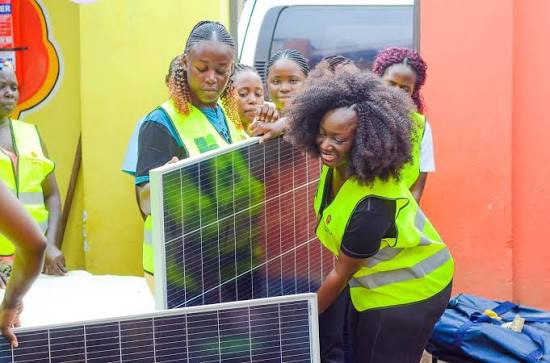Across the United States, the integration of large arrays of lithium-ion batteries into electrical grids is growing rapidly, playing a critical role in storing excess energy for use during periods of high demand. However, increased installations have led to community resistance, driven primarily by fears of potential fire hazards. A significant incident earlier this year in California, where a massive battery facility caught fire, has intensified scrutiny. Local leaders, such as Island Park's Mayor Michael McGinty, express concerns about the risks associated with such systems and are instituting moratoriums on new developments.
Activism surrounding battery storage is particularly robust in areas like Long Island, New York, where opposition has garnered attention even from federal officials. As the state aims to add significant battery capacity by 2030, the Environmental Protection Agency's Administrator has voiced concerns about the expedited approval process for battery installations, labeling the state's green energy goals as unrealistic.
Battery energy storage systems, known as BESS, are increasingly seen as pivotal for enhancing grid reliability, especially with the growth of intermittent renewable energy sources. Despite their potential advantages, fears about thermal runaway—where an uncontrolled increase in temperature can lead to fires or explosions—remain a significant point of contention. Previous fires have left communities questioning safety protocols for such systems.
Experts in the field, including combustion specialists, assure that advancements in technology have made modern battery systems safer, but acknowledge that no system is without risk. Proponents argue that stricter fire safety codes, such as those implemented in New York, help mitigate these risks, making facilities compliant with safety standards that prevent the spread of fires.
Despite assurances from developers about the safety measures in place, local residents remain skeptical, illustrating the growing divide between the urgent need for renewable energy solutions and community safety concerns. As moratoriums continue to increase, the future of large-scale battery storage in various jurisdictions hangs in the balance.
Activism surrounding battery storage is particularly robust in areas like Long Island, New York, where opposition has garnered attention even from federal officials. As the state aims to add significant battery capacity by 2030, the Environmental Protection Agency's Administrator has voiced concerns about the expedited approval process for battery installations, labeling the state's green energy goals as unrealistic.
Battery energy storage systems, known as BESS, are increasingly seen as pivotal for enhancing grid reliability, especially with the growth of intermittent renewable energy sources. Despite their potential advantages, fears about thermal runaway—where an uncontrolled increase in temperature can lead to fires or explosions—remain a significant point of contention. Previous fires have left communities questioning safety protocols for such systems.
Experts in the field, including combustion specialists, assure that advancements in technology have made modern battery systems safer, but acknowledge that no system is without risk. Proponents argue that stricter fire safety codes, such as those implemented in New York, help mitigate these risks, making facilities compliant with safety standards that prevent the spread of fires.
Despite assurances from developers about the safety measures in place, local residents remain skeptical, illustrating the growing divide between the urgent need for renewable energy solutions and community safety concerns. As moratoriums continue to increase, the future of large-scale battery storage in various jurisdictions hangs in the balance.






















